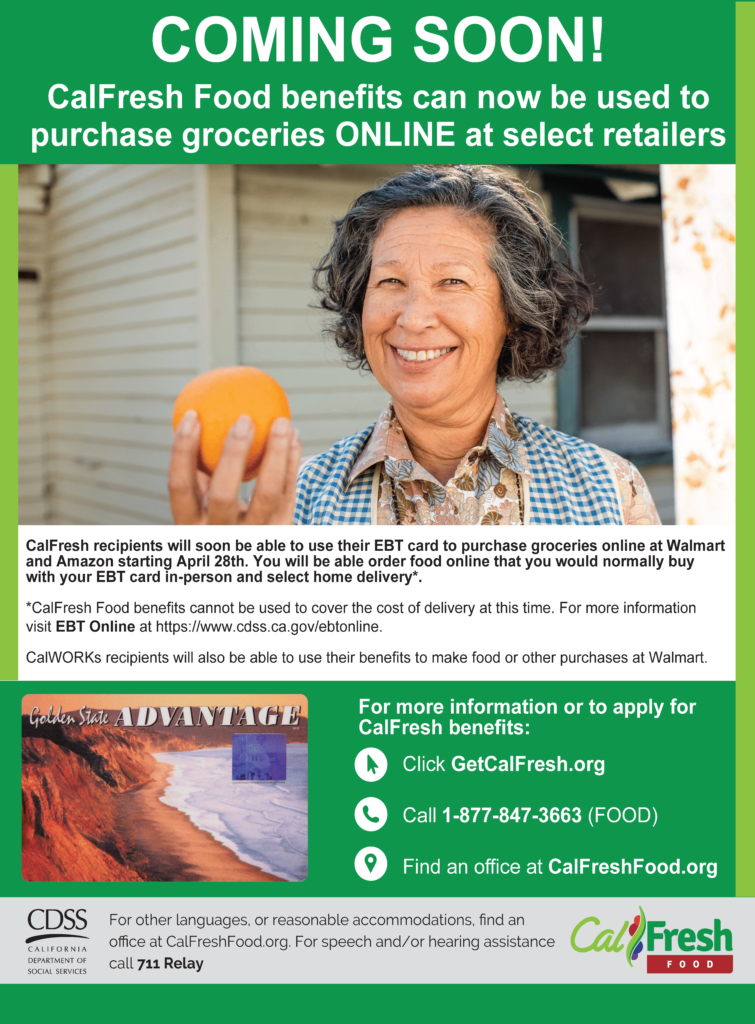

“There is a scramble right now,” said Brandi Simonaro of CalState Chico’s Center for Healthy Communities, which holds a state contract to help students apply for food assistance on 48 mostly public college campuses statewide. A qualifying student could get up to $281 a month to pay for groceries.īeyond a matter of basic necessity, ensuring students aren’t hungry has clear academic benefits, including higher college graduation rates, studies have shown. Seeking the aid before the rules tighten again could buy a previously ineligible student as much as a year of time on food assistance, they say. The imminent deadline - the result of a federal health order sunsetting - is putting pressure on California campus officials, both public and private, and state agencies to inform students these benefits are ending soon.Įveryone - advocates, researchers, college social service coordinators and county officials - says the time is now for students to apply. Instead, students will have to seek those benefits through a stricter set of eligibility rules that limit how many low-income people enrolled in college can receive food aid. Starting June 10, students whose families could not contribute a dollar to their education or who are approved for federal or state work-study programs will no longer be automatically eligible for CalFresh, the program formerly known as food stamps. Students, add this to the to-do list between now and finals week: Apply for federal food assistance before the fast-approaching end of a rule that allows more folks to qualify. A pandemic-era rule that made it easier to get aid ends soon.įor more stories on inequality in California, sign up for Inequality Insights, a weekly must-read on one of California's most pressing issues.


Most college students don’t qualify for CalFresh, California’s food stamps program, despite high rates of food insecurity.


 0 kommentar(er)
0 kommentar(er)
